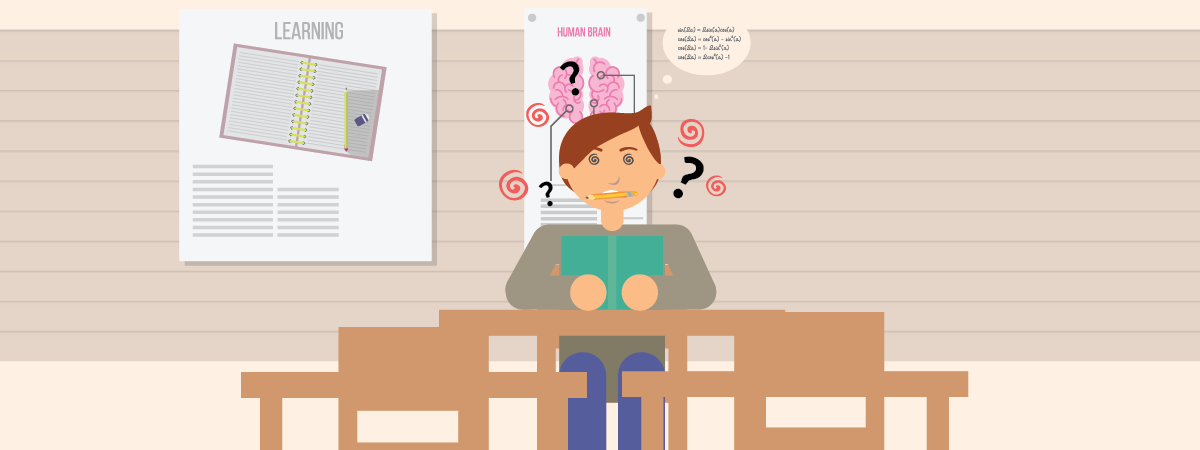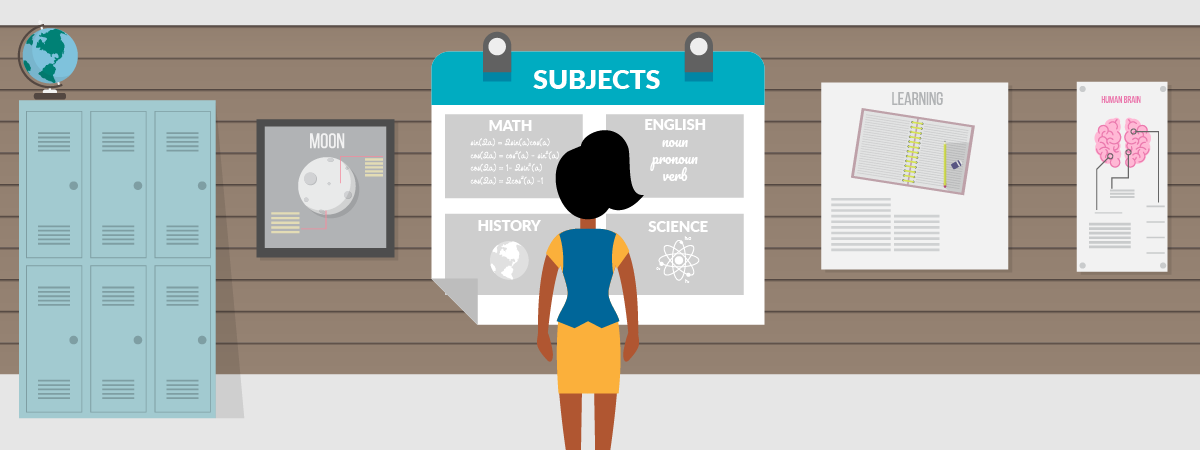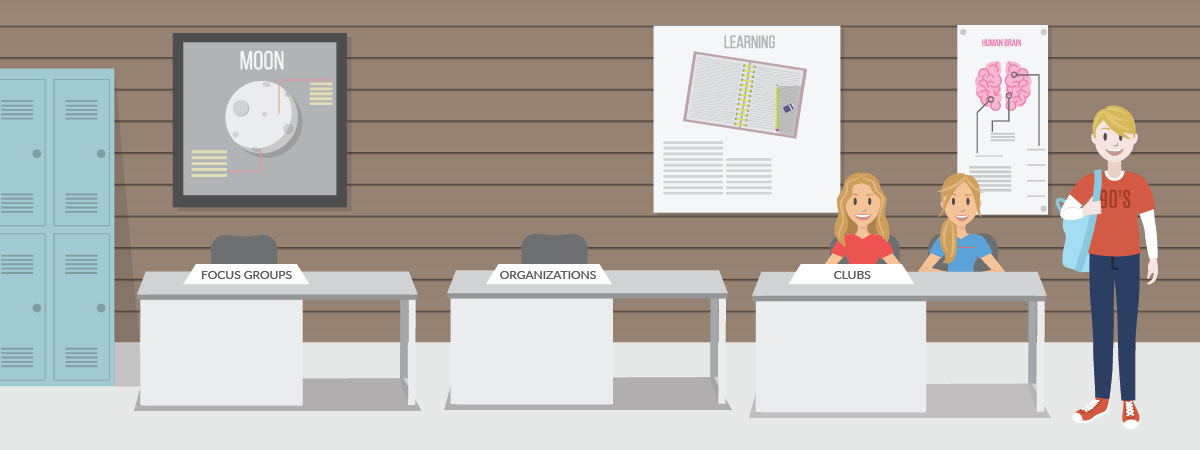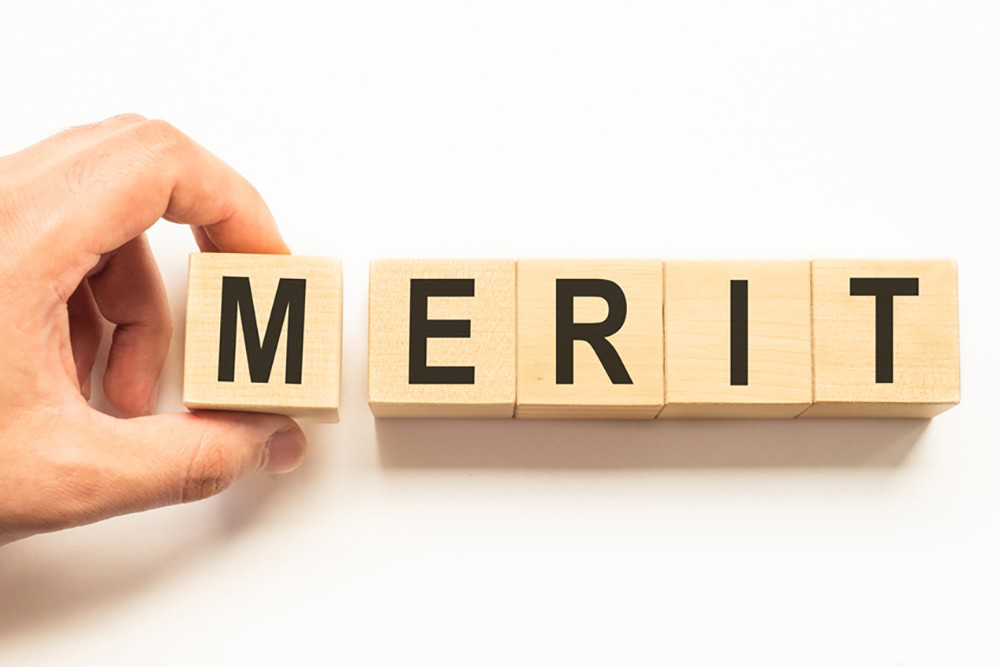2019 Harvard Acceptance Rate: Class of 2023
So, you’re thinking about applying to Harvard, and you’re curious about your chances of admission. Of course, there are a lot of factors in the admissions process. However, the most important factors in the admissions game are your GPA and test scores. So, using those as a measure, we can give you an estimate of your chances.
Test Type
With an acceptance rate of 4.5%, admission to Harvard is extremely competitive. Based on our analysis, to have a good chance of being admitted, you need to be at the top of your class and have an SAT score of at least 1560, or an ACT score of at least 35.
Not quite there? You still have a chance of getting in, check out our ACT prep course to better your chances of getting admitted. Let’s take a closer look at Harvard admission statistics.

Similar Universities
More about Harvard
2019 Harvard Admissions Statistics: Class of 2023
- Harvard’s acceptance rate in 2019 was 4.5%
- Out of 43,330 applicants, 1,950 were accepted
- The average GPA of admitted applicants was 4.04
- The average ACT score was a 34
- The average SAT score was 1540
For students who took the ACT, the 25th percentile score of successful applicants was 32, and the 75th percentile ACT score was 35.
For students who took the SAT, the 25th percentile score was 1480. The 75th percentile score was 1600, and the average score was 1540.
If you’re somewhere in the middle of these numbers, remember that a high test score can compensate for a slightly lower GPA, and vice versa. If you’re at the lower end, it helps if you’re a diverse applicant, the child of an alum, or have incredible personal achievements.
[leadmagnet_five]
Other aspects of your application, such as athletics, extracurricular and recommendations, are important, but will likely only make a difference for admission if you’re in the 75th percentile range for your GPA and SAT/ACT scores.
As we said, admission to Harvard is extremely competitive. Even with a perfect SAT score of 1600 and a GPA of 4.0, your chances of admission are about 10%. With a perfect ACT score of 36 and a 4.0, your chances are about 13%.
OK, so you’ve decided to apply. We took a look at Harvard’s application requirements to help you get everything in order.

2020 Harvard Application Requirements: Class of 2024
Here’s a full list of the application requirements:
- Fill out the Common Application, answer Harvard’s supplementary questions, and pay an application fee of $75 (or apply for a fee waiver)
- Submit an ACT or SAT score, along with your writing score
- Submit two SAT Subject Test scores
- Submit your high school transcript and a school report
- Submit two letters of recommendation from your teachers
- As a senior, send in a mid-year school report and a final school report
Here are the deadlines to be aware of:
- The application deadline is November 1 for Early Action
- The application deadline is January 1 for Regular Decision
- November 1 is the Early Action financial aid application deadline
- March 1 is the Regular Decision financial aid application deadline
- Early Action decisions are released in mid-December
- Regular Decision Letters are mailed in late March
- May 1 is the reply date for admitted students
Have you been admitted to Harvard? Congratulations! Below is a glimpse of what your fellow classmates will be like.
2019 Harvard Admitted Students Profile: Class of 2023
If you matriculate at Harvard, you’ll be joining a diverse class, with students from all over the U.S. and the world, and have a chance to study in dozens of fields.
Here’s a breakdown of where the class of 2016’s admitted applicants come from:
- New England: 16.8%
- Mid-Atlantic: 20.9%
- South: 18.8%
- Midwest: 9.4%
- Central: 2.1%
- Mountain: 3.2%
- Pacific: 15.6%
- US Territories: 0.4%
- International: 12.8%
Harvard has a diverse class, as well, with a large number of people of color. The ethnicities of admitted applicants are:
- African American, 15.2%
- Asian American, 22.9%
- Hispanic/Latino, 12.3%
- Native American/Pacific Islander, 2.3%
[leadmagnet_two]
What do these admitted students plan to study? Harvard calls its majors “concentrations,” and students matriculating there have a wide variety of interests:
- Humanities: 16.9%
- Social Sciences: 22.3%
- Biosciences: 18.8%
- Physical Sciences: 7.2%
- Engineering: 13.9%
- Computer Science: 7%
- Math: 7.5%
- Undecided: 6.4%
Now, how are you going to pay for this?

Harvard Tuition Figures
At $66,950, Harvard’s tuition is astronomical. With its generous financial aid, the average family can expect to pay about $14,000 per year.
Here’s a fuller look at the average tuition/financial aid package in 2016:
- Total budget: $66,950
- Parents’ contribution: $12,000
- Student asset/summer work expectation: $1,150
- Harvard/Federal/outside scholarships: $52,050
- Term-time work expectation: $1,750
For the latest numbers and to learn more about financial aid numbers, click HERE.
Now, what is life like at Harvard? Let’s take a look.

Location
Harvard is located in Cambridge, Massachusetts, centered around the famous Harvard Yard, which dates to 1636 (Harvard is the oldest institution of higher learning in the United States). Various schools and programs are located across Charles River, in Boston.
The 209-acre main campus, which includes the Yard, is located in Harvard Square. All Harvard freshman live on campus, in the Yard, Apley Court, and Union Dormitories.
Many of the dorms are in eighteenth-century buildings (some of which housed George Washington’s troops!). Dining is in Annenberg Hall, a stunningly beautiful and historic building.
Remember, you’re going to Harvard for its excellent academics! Below is a look at what academic life will be like.

Academics
Students choose their concentrations (Harvard’s term for majors) during their third semester (so, the beginning of the sophomore year).
Students can choose from 49 concentrations, in which they’re required to complete between 12 and 14 half-courses (around 40% of the total course load). General Education requirements comprise 30% of students’ course loads, leaving about 30% for electives.
The General Education component requires students to take courses in four areas:
- Expository Writing,
- Foreign Language
- Quantitative Reasoning, and
- Three departmental courses across the three main parts of the Faculty of Arts and Sciences: Arts and Humanities, Social Science, and Science and Engineering and Applied Sciences.
Harvard’s academic year begins in early September and ends in mid-May, with fall and spring semesters. Full-time students are expected to complete four half-courses per term.
Now, let’s take a look at life outside the classroom at Harvard.

Student Life at Harvard
Harvard has over 100 student organizations, covering academic interests, creative and performing arts, cultural and racial initiatives, gender and sexuality affinity groups, government and political interests, and various media and publications.
Here’s a look at three Harvard student groups:
- The Harvard Crimson, the oldest student-run newspaper in the country
- The Harvard Lampoon, a comedy organization that has seen many alums head off to Saturday Night Live, and comedy writing in Hollywood
- The Advocate, a literary magazine that has published work by T.S. Eliot, Norman Mailer, e.e. cummings, Jack Kerouac and Tom Wolfe.
Are you an athlete? Harvard’s got plenty of options for you:

Harvard Athletics
The Harvard Crimson is in the NCAA Division I Ivy League and competes in 42 intercollegiate sports. If you’re not up to varsity level, there are plenty of club and intramural sports, as well.
Some of Harvard’s intercollegiate teams are:
- Baseball
- Basketball
- Crew
- Cross Country
- Fencing
- Field Hockey
- Football
- Golf
- Ice hockey
- Lacrosse
- Sailing
- Skiing
- Soccer
- Softball
- Squash
- Swimming and Diving
- Tennis
- Track and Field
- Volleyball
- Water Polo
- Wrestling
Harvard has a big-time rivalry with Yale, and each year there is a famous football stand-off called “The Game,” which is a big event for Harvard and Yale students (it is played on each campus every other year). The Harvard-Yale Regatta, which occurs before the football game, is also a big deal.
What might you become with a Harvard degree? Let’s take a look at some well-known and successful alums:

Notable Alums
Harvard has produced U.S. Presidents, Pulitzer Prize and Nobel Prize winners, governors, U.S. Senators and Representatives, Supreme Court Justices, cabinet secretaries, business tycoons, military leaders, media figures, and leaders in dozens of other fields.
Here’s a list of some particularly well-known alums:
- United States Presidents, including John Adams, John Quincy Adams, Theodore Roosevelt, Franklin Roosevelt, and John F. Kennedy (Rutherford B. Hayes, Barack Obama, and former First Lady Michelle Obama got law degrees at Harvard, and George W. Bush got an MBA there)
- Microsoft founder Bill Gates and Facebook co-founder Mark Zuckerberg
- Nobel Prize in Literature winner T.S. Eliot, Nobel Peace Prize winner and former Vice President Al Gore, and former Secretary of State and Nobel Peace Prize winner Henry Kissinger
- Pulitzer Prize winners, including John Updike, Doris Kearns Goodwin, Nick Kristof, and Linda Greenhouse
- Scientist Neil deGrasse Tyson
- Business gurus Lloyd Blankstein, J.P. Morgan Jr., Sumner Redstone, and Sheryl Sandberg
- Supreme Court Justices, such as Harry Blackmun, Oliver Wendell Holmes Jr., and Chief Justice John Roberts
- U.S. Cabinet Secretaries, including Robert F. Kennedy, Michael Chertoff, and Loretta Lynch
- Legendary writers such as William S. Burroughs, John dos Passos, Ralph Waldo Emerson, and Frank O’Hara
- Entertainers, including Matt Damon, Rashida Jones, Tommy Lee Jones, Colin Jost, John Lithgow, and B.J. Novak
- Musicians, including Leonard Bernstein and Yo-Yo Ma
And this is only a partial list!

Remember!
Getting into Harvard is extremely competitive. Don’t despair if you get a no.
If you have a strong GPA and high test scores, you have a great chance of getting into at least one of the Ivy League schools. And if you don’t, remember: where you go is NOT who you are. If you work hard, you’ll end up at a school that’s right for you, and still get a great education.
For more test strategy, college admissions, and scholarship application tips sign up for our FREE class happening right now!
Written by Dr. Shaan Patel MD MBA
Prep Expert Founder & CEO
Shark Tank Winner, Perfect SAT Scorer, Dermatologist, & #1 Bestselling AuthorMore from Dr. Shaan Patel MD MBA

How to Get Into Stanford: Breaking Down Stanford Admission Requirements in 2024
Applying to college is overwhelming no matter what schools are on your list, but you might find yourself sweating a…

Why DEI is Destroying Meritocracy and How MEI Can Save Us
In recent years, Diversity, Equity, and Inclusion (DEI) initiatives have become a cornerstone of many corporate and educational policies. While…

Should I Take an SAT Prep Course?
If you’re getting ready to take the SAT soon, you might be wondering whether or not you should enroll in…